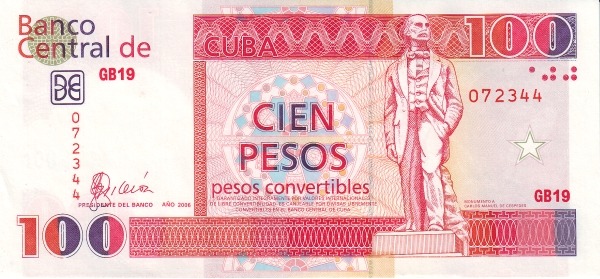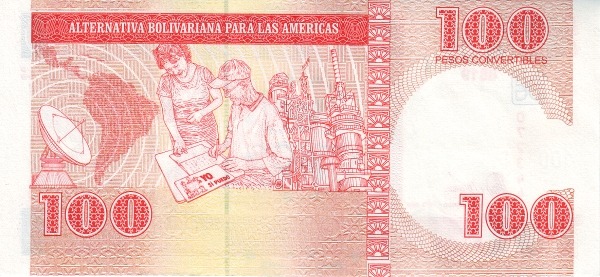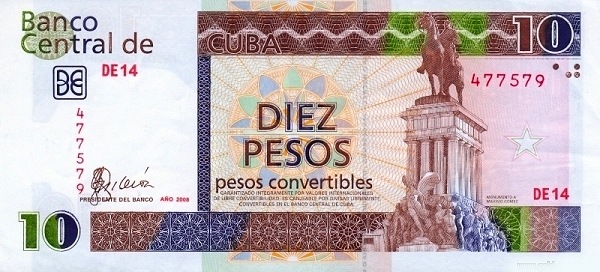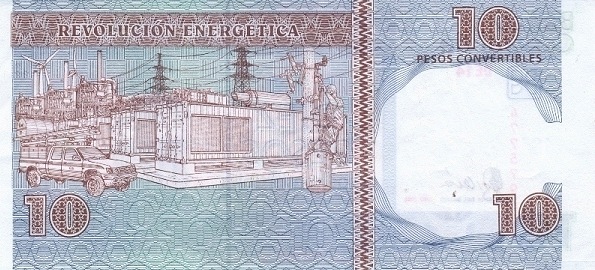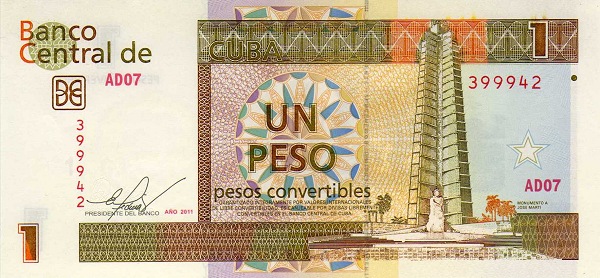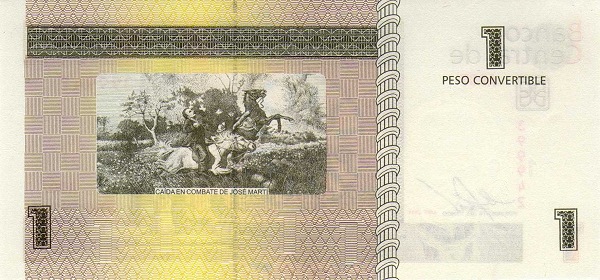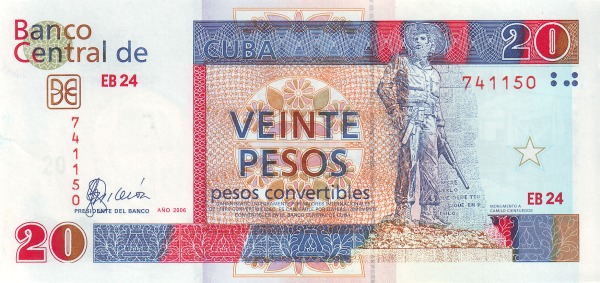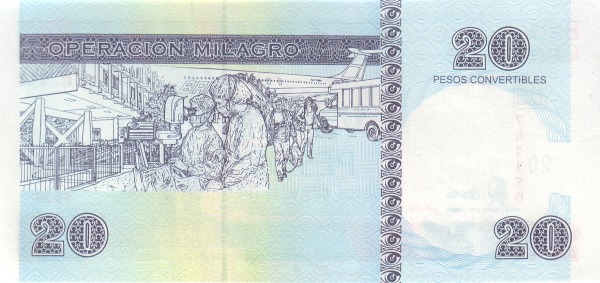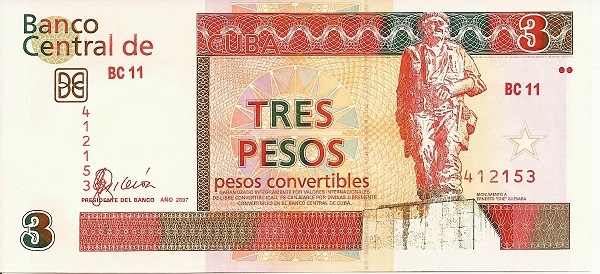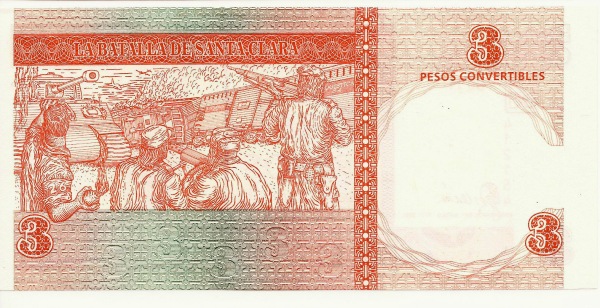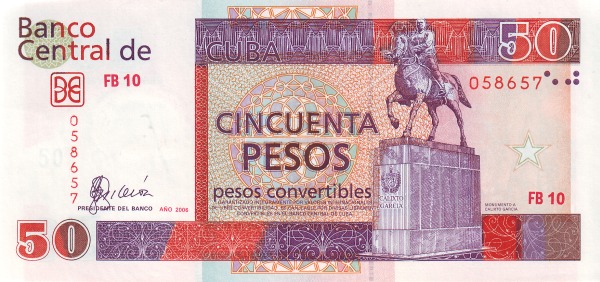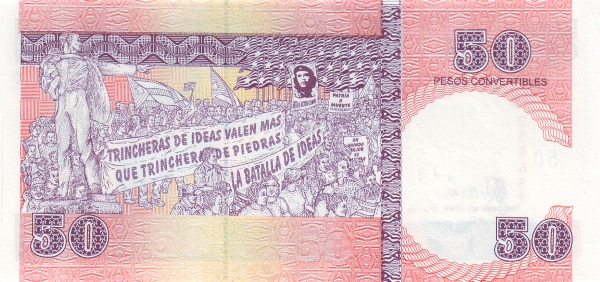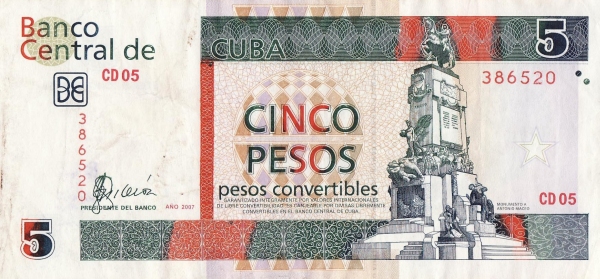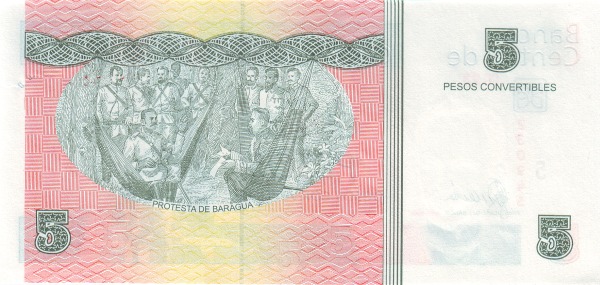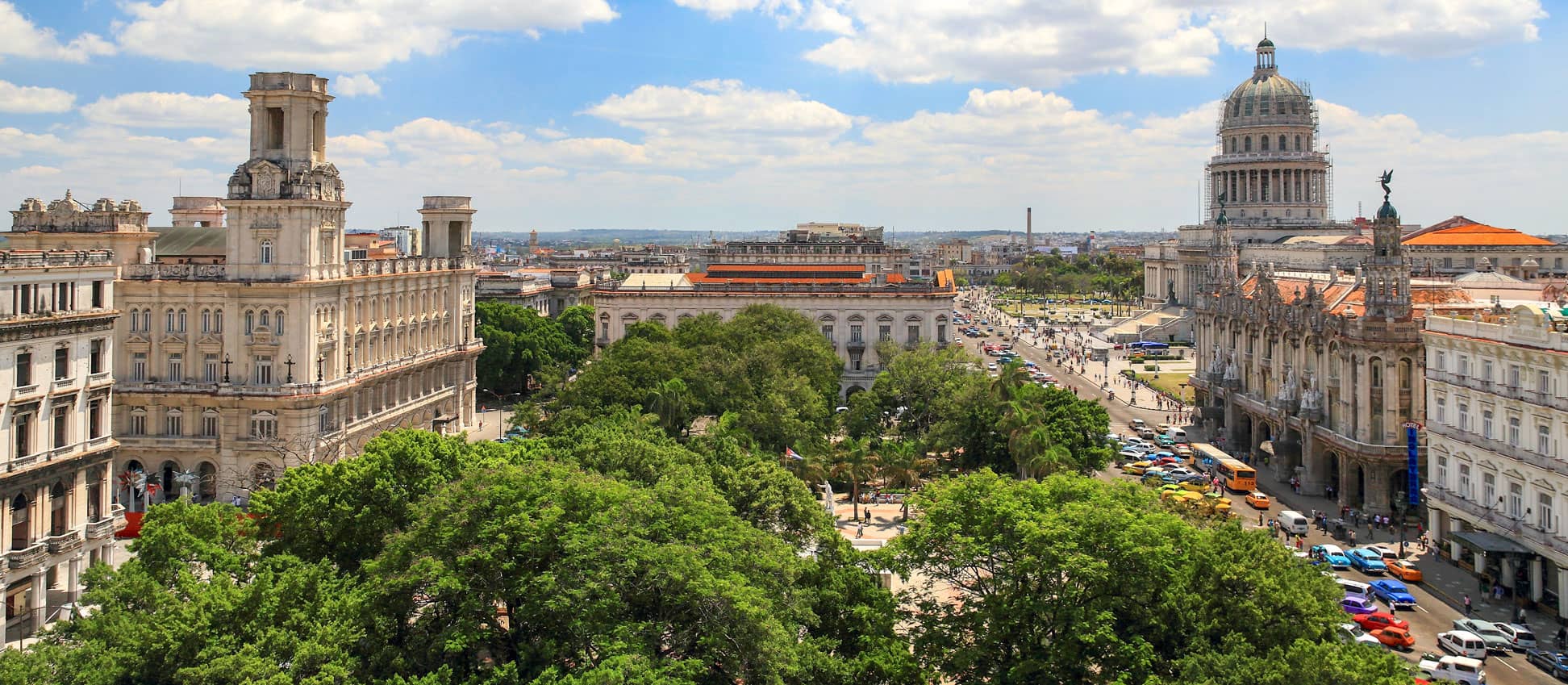Welcome to Cuba: A Glimpse of the Island Nation
Cuba, a captivating country in the Caribbean, lies between the Caribbean Sea and the Gulf of Mexico. Its geographic location places it south of Florida and The Bahamas while it finds itself north of Jamaica and the Cayman Islands. Interestingly, Cuba shares maritime borders with several nations, including The Bahamas, Haiti, Honduras, Jamaica, Mexico, and the United States. This unique positioning enriches Cuba's cultural tapestry and maritime heritage.
Exploring the Diverse Geography of Cuba
The island of Cuba forms part of the Greater Antilles archipelago. Alongside Cuba, this magnificent group includes Hispaniola, home to the Dominican Republic and Haiti, along with Jamaica, Puerto Rico, and the Cayman Islands. Encompassing an area of 109,884 km² (42,426 sq mi), Cuba's size compares closely to Bulgaria. Alternatively, it is slightly smaller than the U.S. state of Pennsylvania. These vast landscapes host breathtaking natural beauty, ranging from pristine beaches to vibrant forests, making Cuba a hotspot for nature lovers.
A Lively Population
With a population exceeding 11 million people as of 2022, Cuba stands as the most populated island in the Caribbean. The dynamic capital, Havana (or Habana), bursts with energy and culture. Spanish serves as the official language, reflecting the island's colonial past. The religious landscape also holds significance, as Cuba's population predominantly identifies as Christian, primarily Roman Catholic. This heritage, stemming from Spanish colonization, intertwines deeply with the island's identity. However, recent decades have witnessed a notable rise in non-religious individuals as society evolves.
The Historical Journey of Cuba
To fully appreciate Cuba's essence, one must delve into its historical backdrop. The Cuban archipelago comprises the principal island of Cuba, Youth Island, and around 4,200 smaller islands and keys. The story of Cuba begins with the arrival of European explorers. Specifically, Christopher Columbus encountered the island in 1492, marking the onset of significant changes for the native Amerindian population, which subsequently dwindled. Following this early exploration, Cuba developed into a Spanish colony over the next few centuries, reshaping its cultural and social landscape.
Cuban Independence and Revolution
The struggle for independence took a pivotal turn during the Spanish-American War in 1898, when a U.S. intervention led to the overthrow of Spanish colonial rule. This intervention marked a significant event in Cuban history, paving the way for the rise of new leadership. Fast forward to 1959, and Fidel Castro emerged as a key figure in leading a rebel army to victory against the established government. Castro's leadership sparked monumental changes within the country, transitioning it to a communist state—a transformation that resonated beyond its borders.
The Impact of the Cold War on Cuba
The Cuban communist revolution garnered substantial support from the Soviet Union. Throughout the 1960s, 70s, and 80s, Cuba sought to export its revolutionary ideals across Latin America and Africa, influencing various socio-political movements. This period significantly shaped international relations, particularly between the United States and Cuba, as tensions arose during the Cold War. When analyzing Cubas historical trajectory, these events play a crucial role in understanding its current diplomatic ties.
The Evolution of Governance in Cuba
Cuba's governance structure has seen dramatic changes since 1959. The country's communist government, despite enduring decades of U.S. sanctions aimed at dismantling its leadership, remains fortified. Initially, Fidel Castro led the one-party state, which he established after the revolution. However, as time passed, his brother Raul Castro succeeded him in February 2008. More recently, Miguel Díaz-Canel assumed the presidency in 2021, marking a new chapter in Cuban leadership.
Current Political Climate
The Cuban government operates uniquely, presenting both challenges and opportunities for its citizens. The longstanding sanctions have shaped the economic and political landscape, consequently affecting daily life. Yet, Cuba continues to maintain its political stance firmly, guided by principles established decades ago. Additionally, while it now emerges under new leadership, it strives to modernize and adapt without compromising its ideological foundations.
Cuban Culture: A Rich Mosaic
Beyond politics, Cuba boasts a rich cultural environment. Music, art, and dance flourish throughout the island, demonstrating a blend of diverse influences. For instance, the haunting rhythms of son and salsa offer glimpses into Cuba's vibrant artistic soul. Moreover, famous artists like José Martí and painters like Wifredo Lam have placed Cuba on the global artistic map, showcasing the nation's progress and creativity.
Natural Wonders and Tourism in Cuba
In addition to culture, Cuba's natural beauty attracts many visitors. The island's stunning beaches, particularly in Varadero, draw sun-seekers yearning for relaxation. Additionally, UNESCO World Heritage sites, such as Old Havana, captivate travelers interested in history and architecture. Each location offers a unique glimpse into what makes Cuba an extraordinary destination.
The Road Ahead for Cuba
As Cuba navigates the complexities of the modern world, its people and culture remain resilient. The rich history, vibrant traditions, and stunning landscapes continue to define this remarkable island. Indeed, Cuba symbolizes endurance and creativity, despite undergoing significant changes over the decades. Ultimately, its journey remains essential not only for the Caribbean region but for the entire world, fostering understanding and connection across generations.
Largest cities of: Cuba
| City Name | Population | Year of foundation | |
| Havana | 2,106,149 | 1519 | |
| Santiago de Cuba | 499,126 | 1515 | |
| Holguín | 309,336 | 1523 | |
| Camagüey | 300,374 | 1514 | |
| Villa Clara | 221,240 | 1867 | |
| Guantánamo | 220,239 | 1518 | |
| Las Tunas | 174,000 | 1790 | |
| Cienfuegos | 150,000 | 1819 |
Cuba: Money
